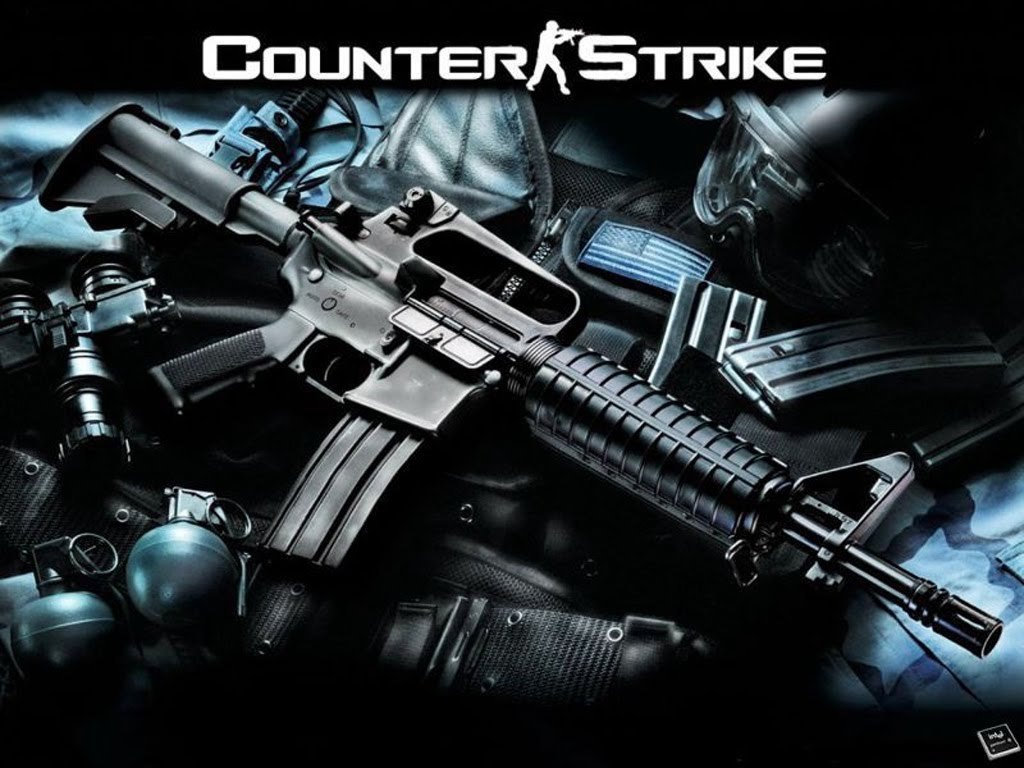Web Platform Team
Features we work on
My team has more than a passing knowledge of
Graphical Processing Unit (GPU)
Agenda Today
Change our understanding of browsers.
From
to
Paint the Pixels
How do the pixels render?
Layout/Reflow
Calculation of information required to display visible DOM nodes.
When does it happen?
Style changes
Fetching of layout values/scroll values.
Adding/removing elements
How to minimize Layout?
Move content away from the flow.
Use only on the element with least children.
Apply layout changes on requestAnimationFrame
requestAnimationFrame
new frame every 16.67ms
setInterval, setTimeout Drops frames if not synched to Browser refresh rate
Batch reading/writing layout values
Paints
Browser changes the pixel values of an area of the viewport
Two kinds of painting
- Paint an element.
- Combine overlapping elements to present a flat image in the viewport.
When does it happen?
- Scrolling
- Hover
- Basically all the time
Typical Painting Experience
Stacking contexts create RenderLayer Objects
Traditional Stacking Contexts
- Root Object (html)
z-index-ed, positioned elements.- opacity < 1
- overflow is set
Create Render Layers
Each Stacking context creates a Render Layer
CPU paints to ONE Bitmap
What happens to painting when GPU is involved?
New Stacking Contexts
- Transforms
- Blend Modes
- Filters
- Many bitmaps not just ONE.
- Most bitmaps rendered directly by GPU.
- Browser determines which render layers go into which bitmap.
How does the browser decide which bitmaps are painted by GPU?
- Intense painting occurs: e.g. video, WebGL or canvas
- 3D Transformed elements
- Animated filters, masks, blend modes, reflections, opacity
position: fixed- content overlapping existing GPU-rendered bitmaps
How can you find out how many GPU-renderd bitmaps?
GPU!!

Like CPU but optimized for processing large blocks of data in parallel.
- No Repaints, relayouts.
- If area is large, tiled textures to swap in and out textures quickly.
- Larger power consumption (vs. not using the features).
Flicker happens
- GPU scrambles to swap new textures into tiles as you scroll.
- Browser is switching from CPU rendering to a GPU rendering (Demo)
GPU reduces burden on CPU, but
- Limited by Memory
- Limited by CPU/GPU bandwidth for communication
Memory
- All data & GPU textures are stored.
- Android & iOS can force quit browser or webview to free memory (unlike Desktop).
- More apps open, smaller the size of memory available to your page.
Reduce Memory Usage
- Smaller images (dimensions of image * 4 bytes)
- Smaller JavaScript files/CSS files
- Smaller/Fewer textures to GPU
- Fewer GPU layers
Others
- Don't animate
z-index - Try not to animate non-hardware-accelerated properties on GPU-accelerated content.
- Use Opacity to toggle visibility of GPU-accelerated content
Why Opacity?
- Textures remain in the GPU.
visibility:hiddenremoves textures from GPU.display: nonecauses repaints.- removing elements from DOM causes style recalculations, layout, repaint, firing of events.
In Summary
- Rendering is a beast.
- Do layout, repaint, GPU acceleration sparingly.
- Memory can quickly get out of hand!
- Reduce CPU/GPU communication
- Use Browser developer tools to test!
Thanks!
Special thanks to the team @adobeweb for all these insights.
Use a spacebar or arrow keys to navigate

